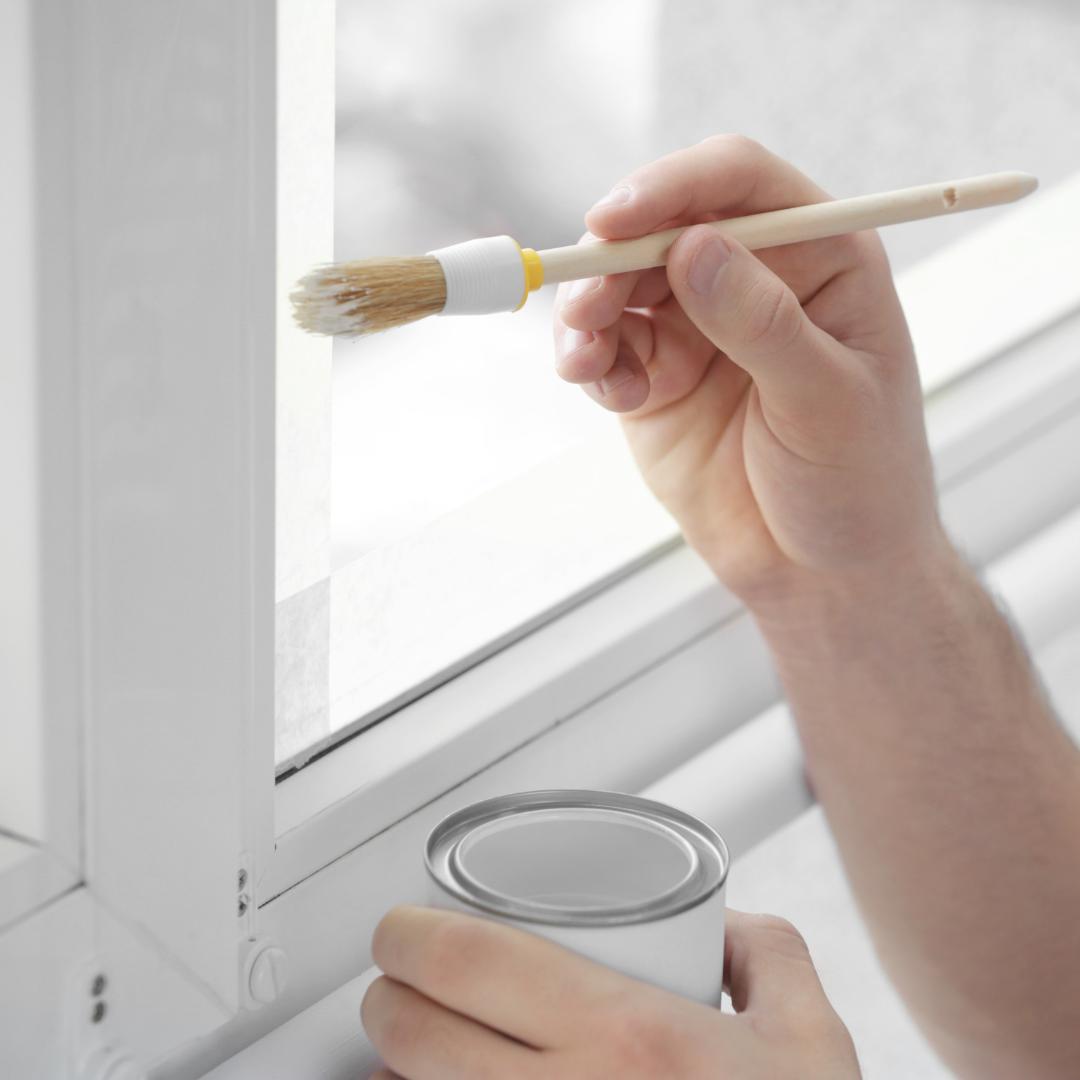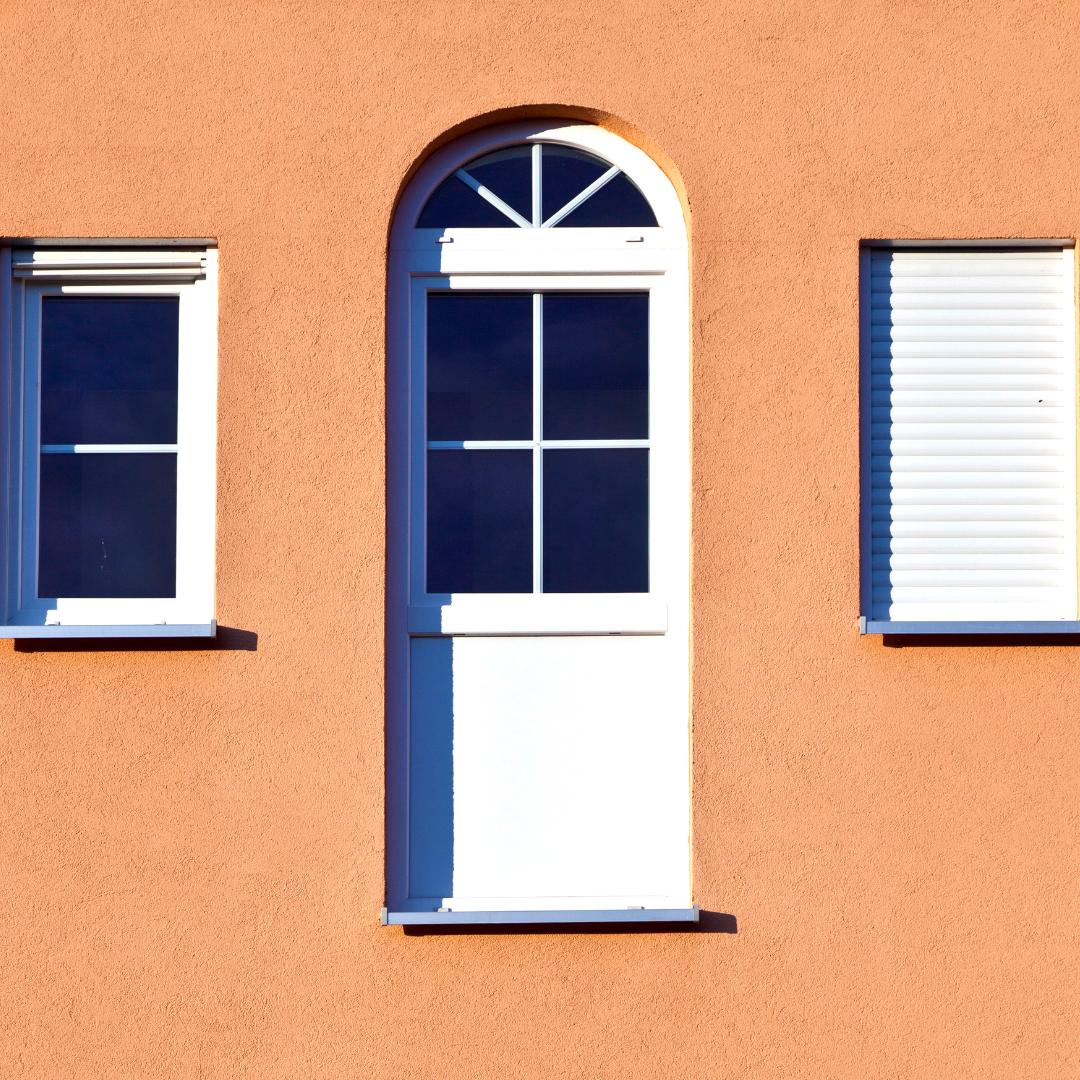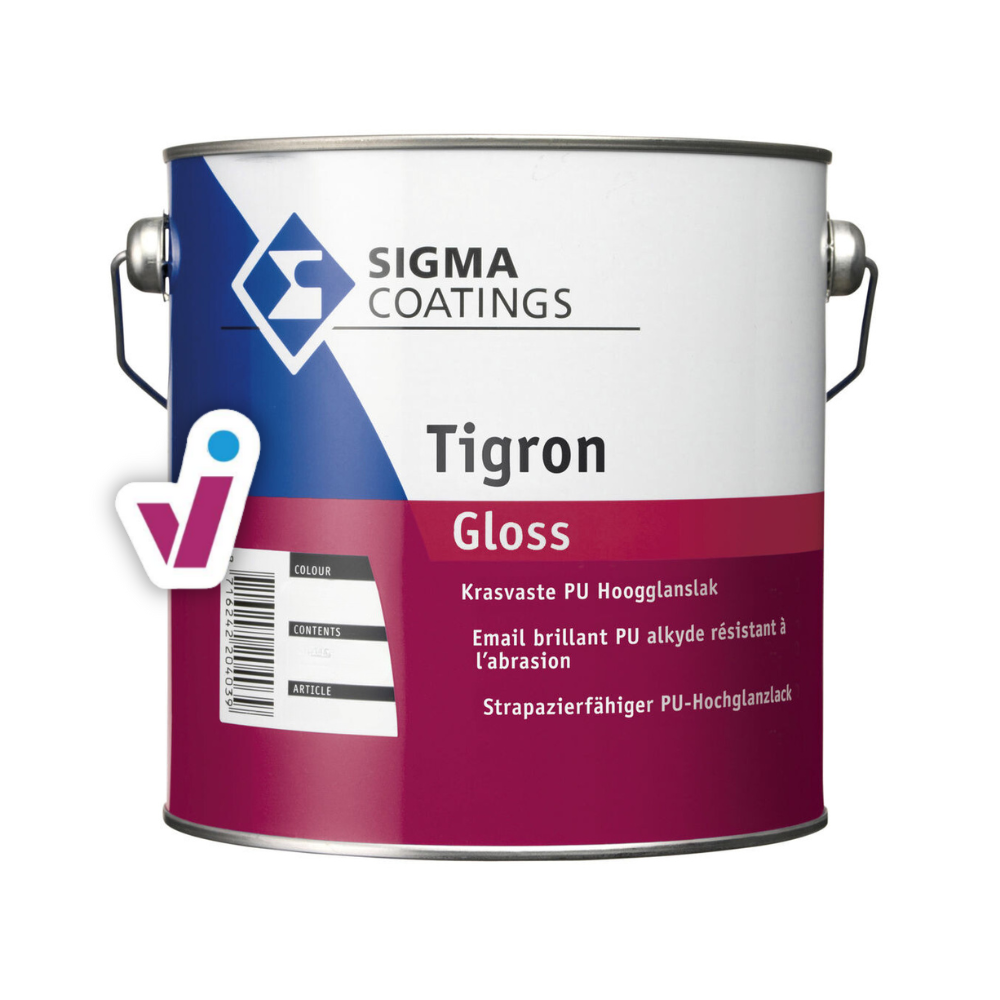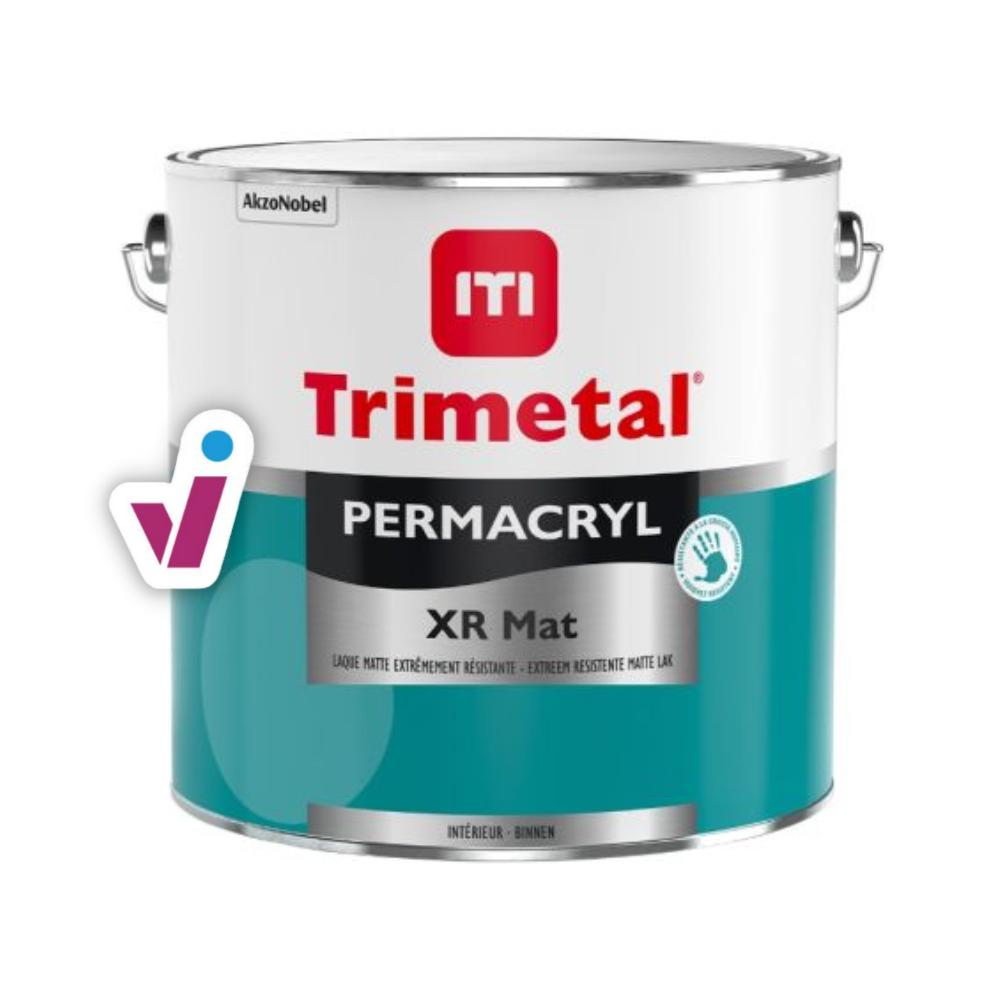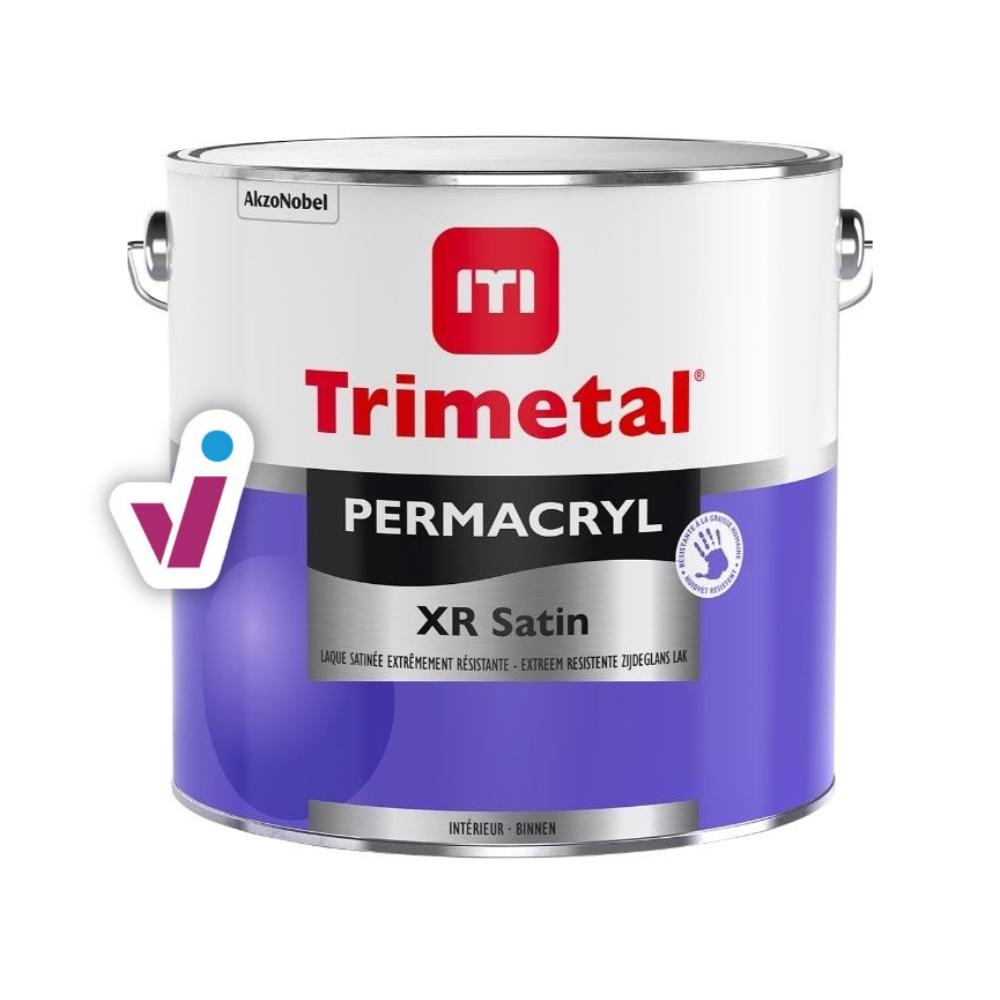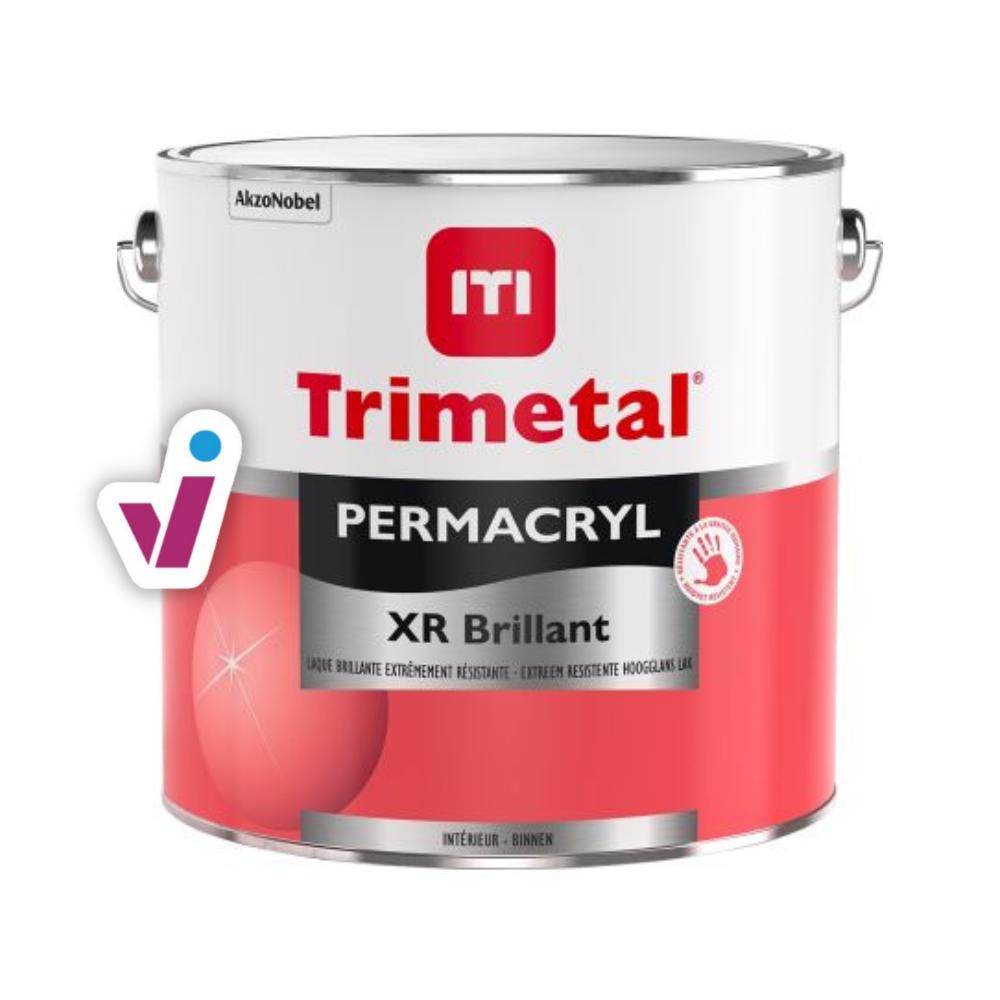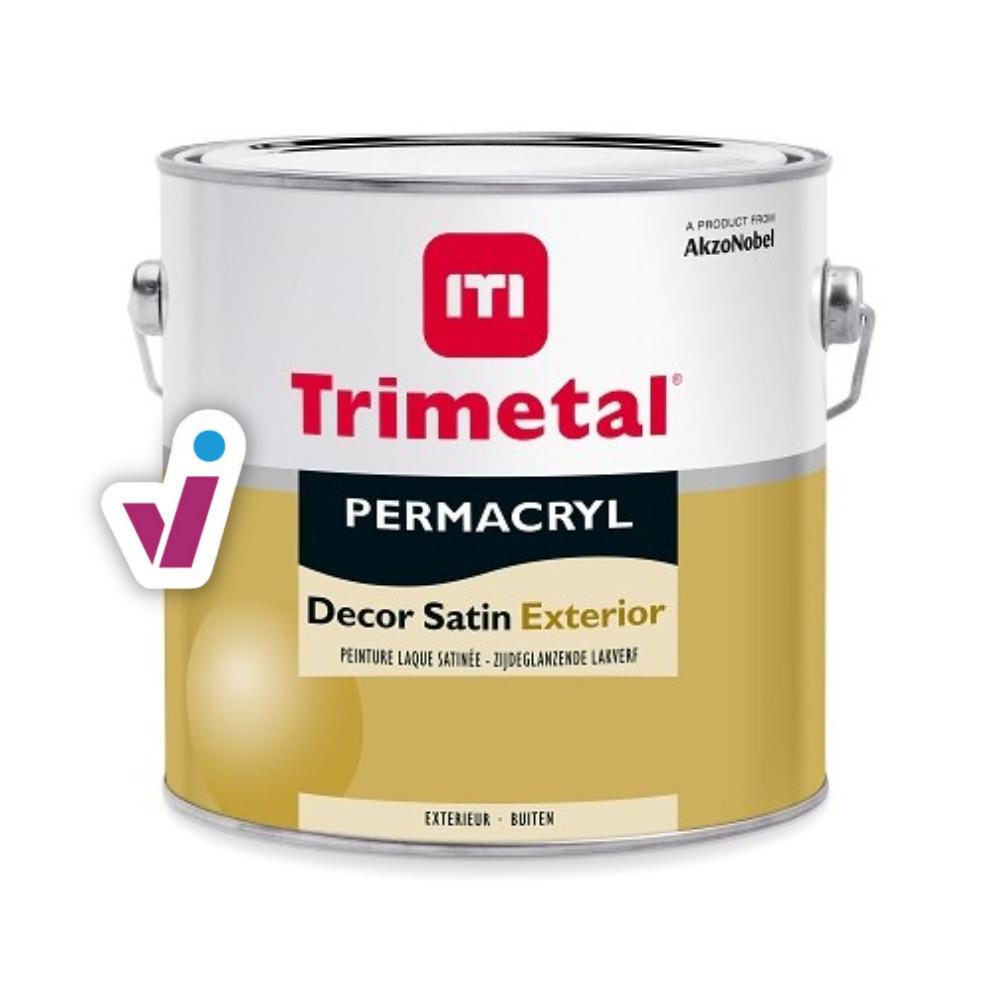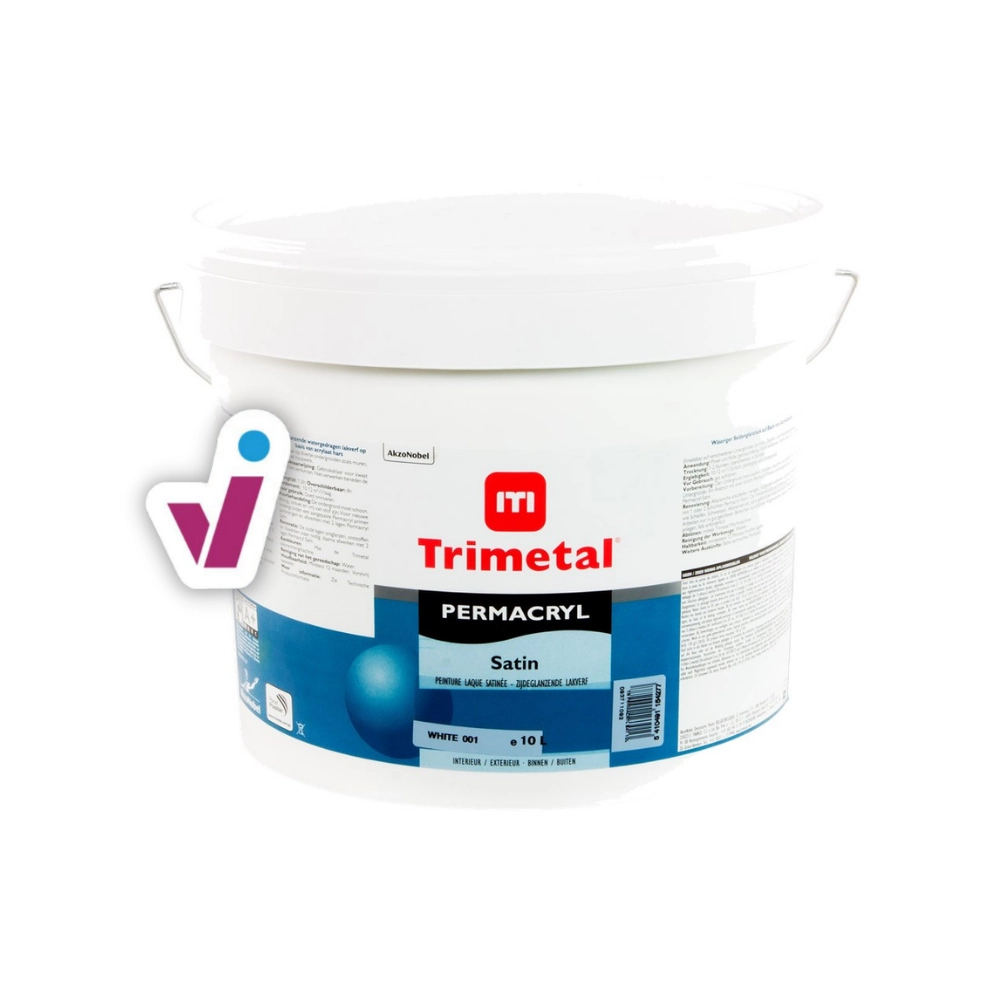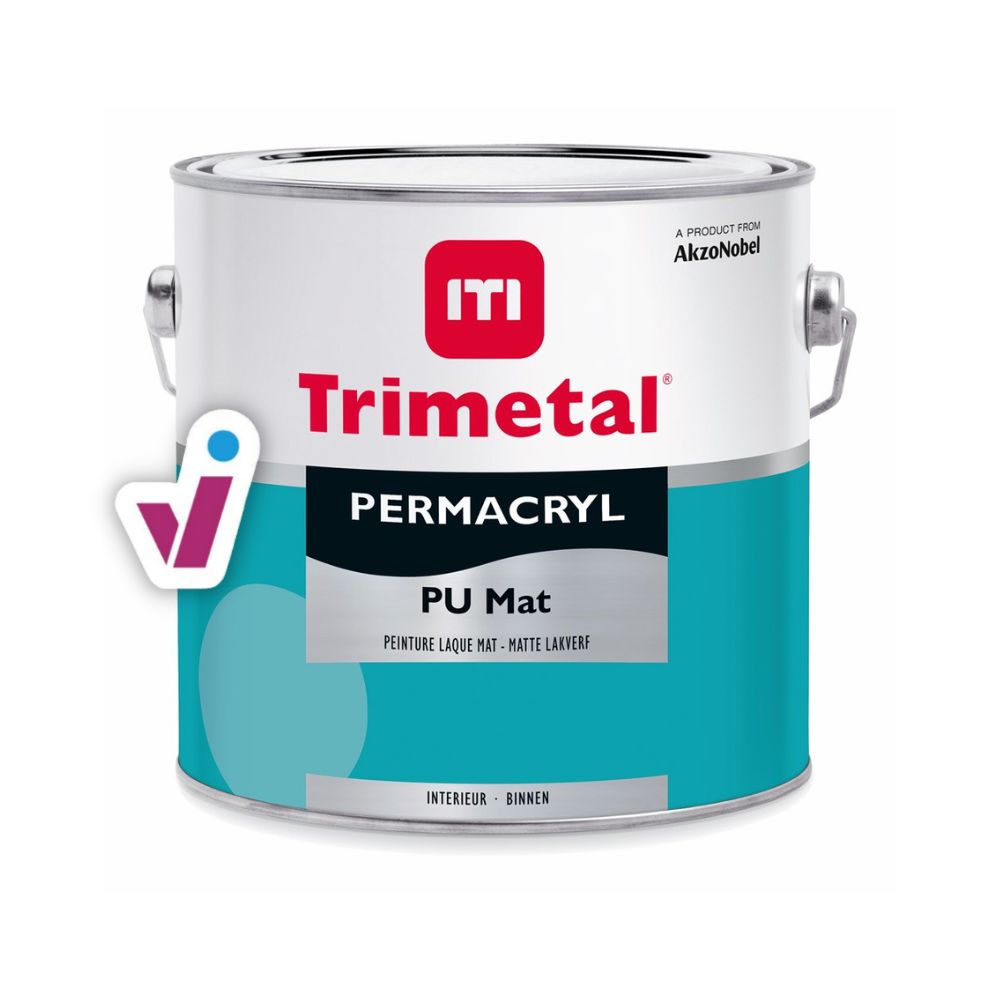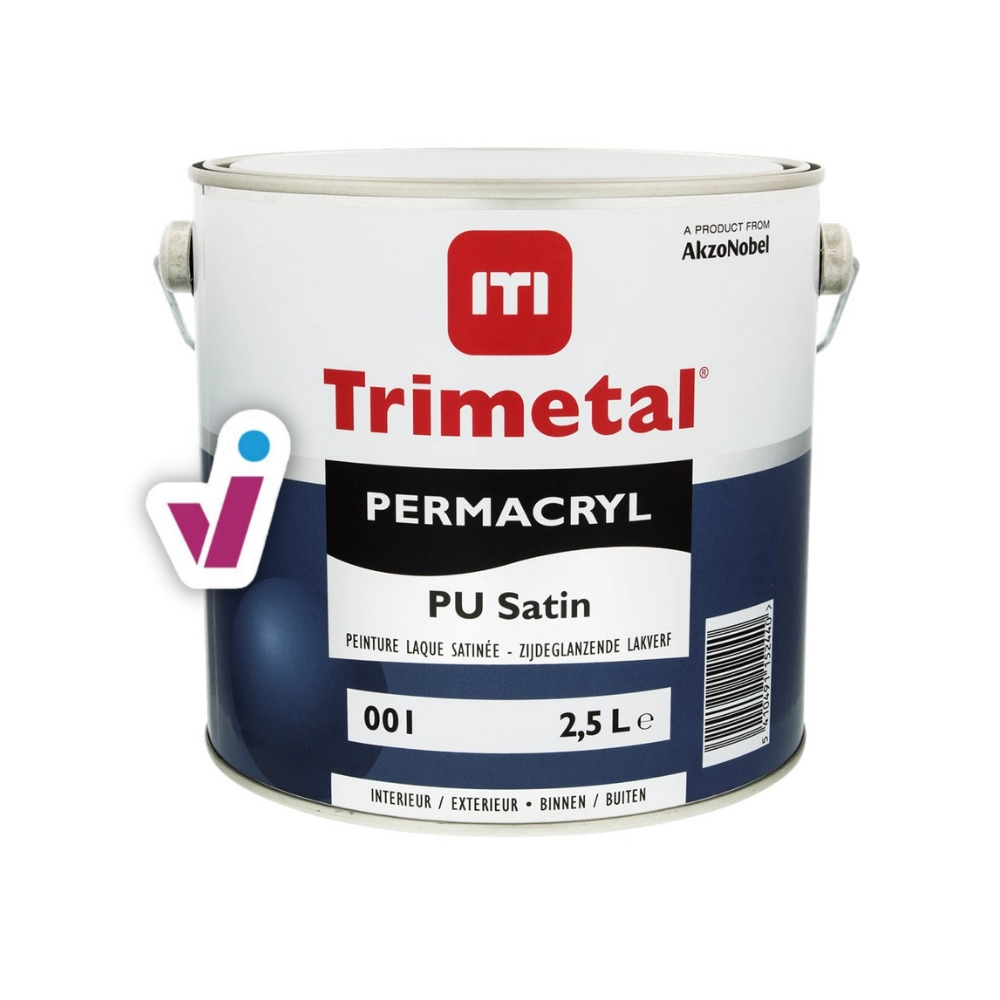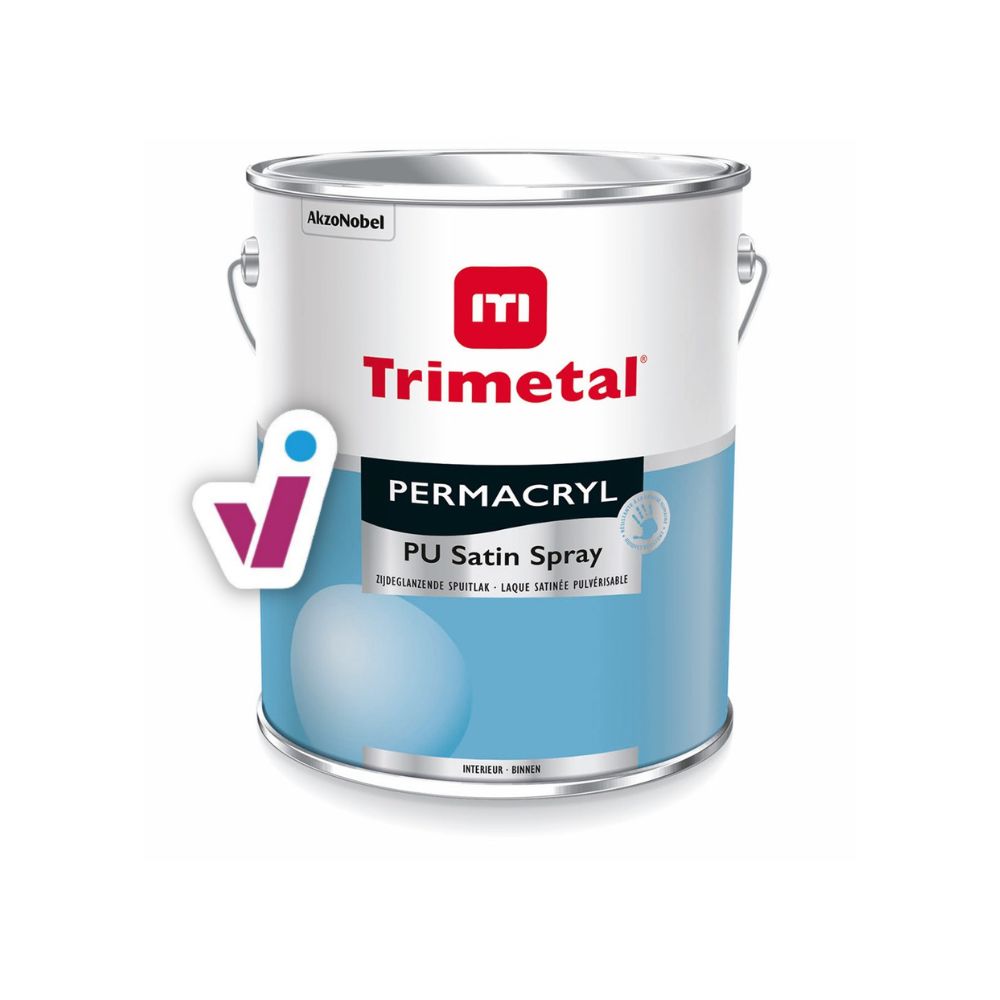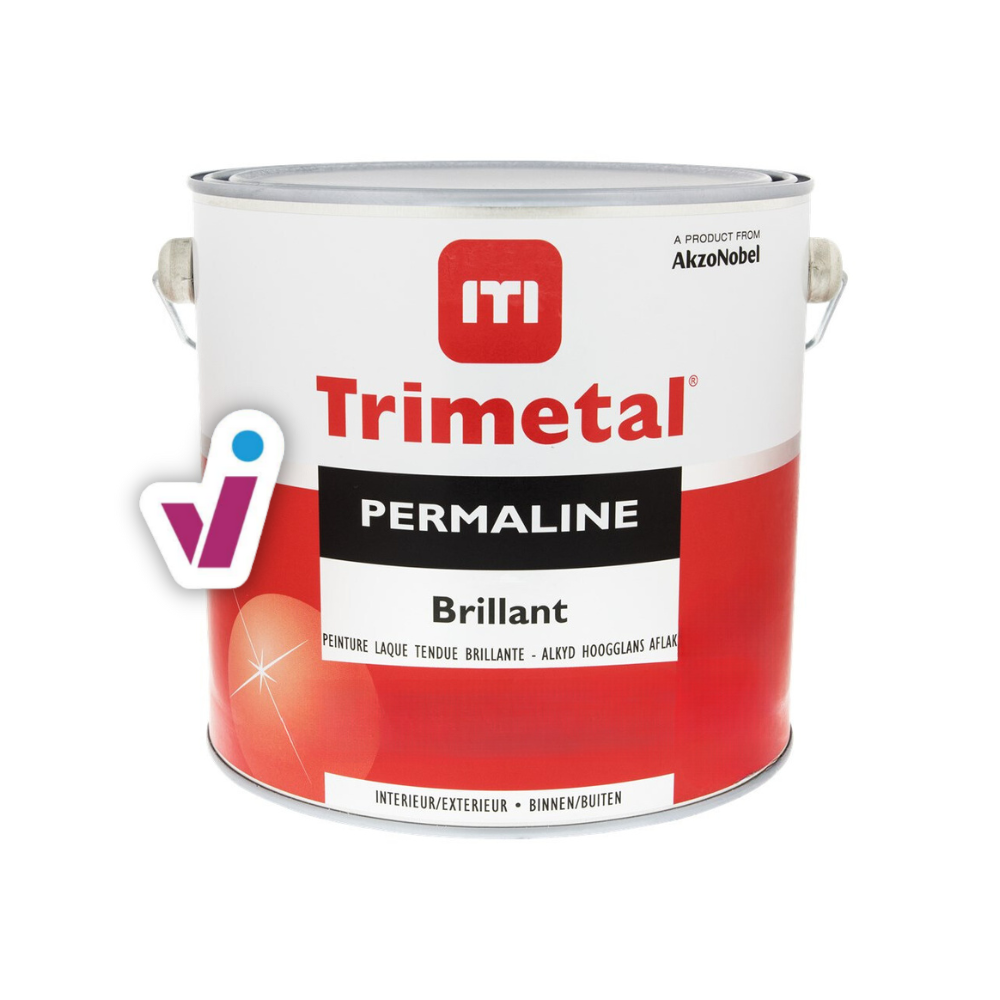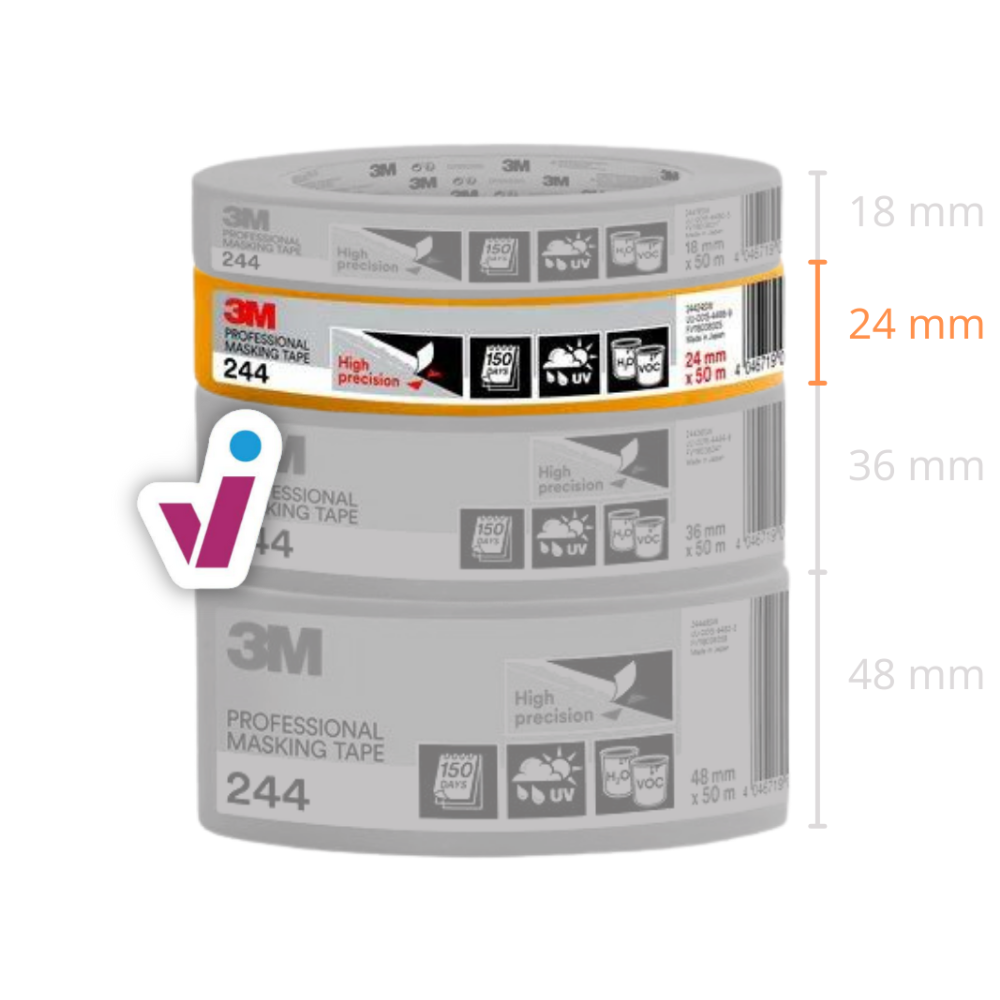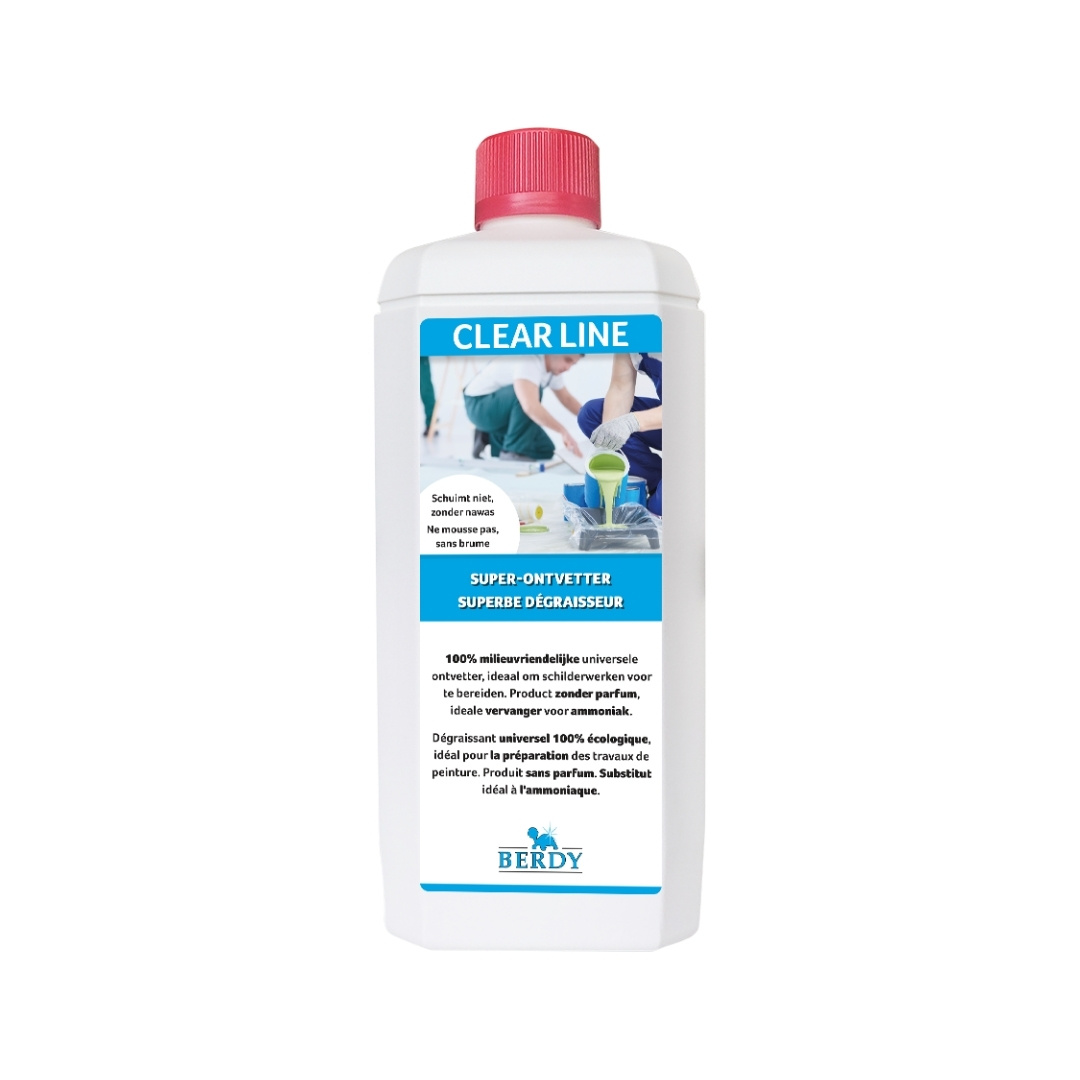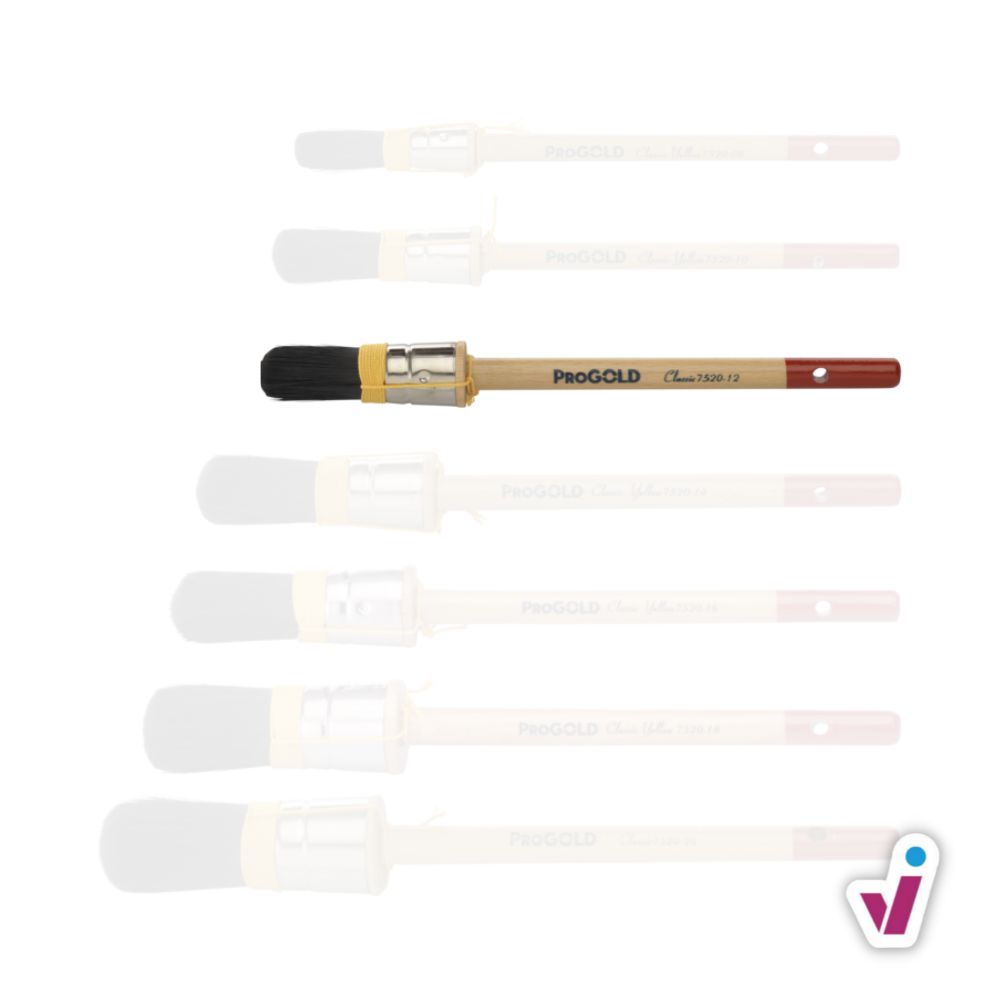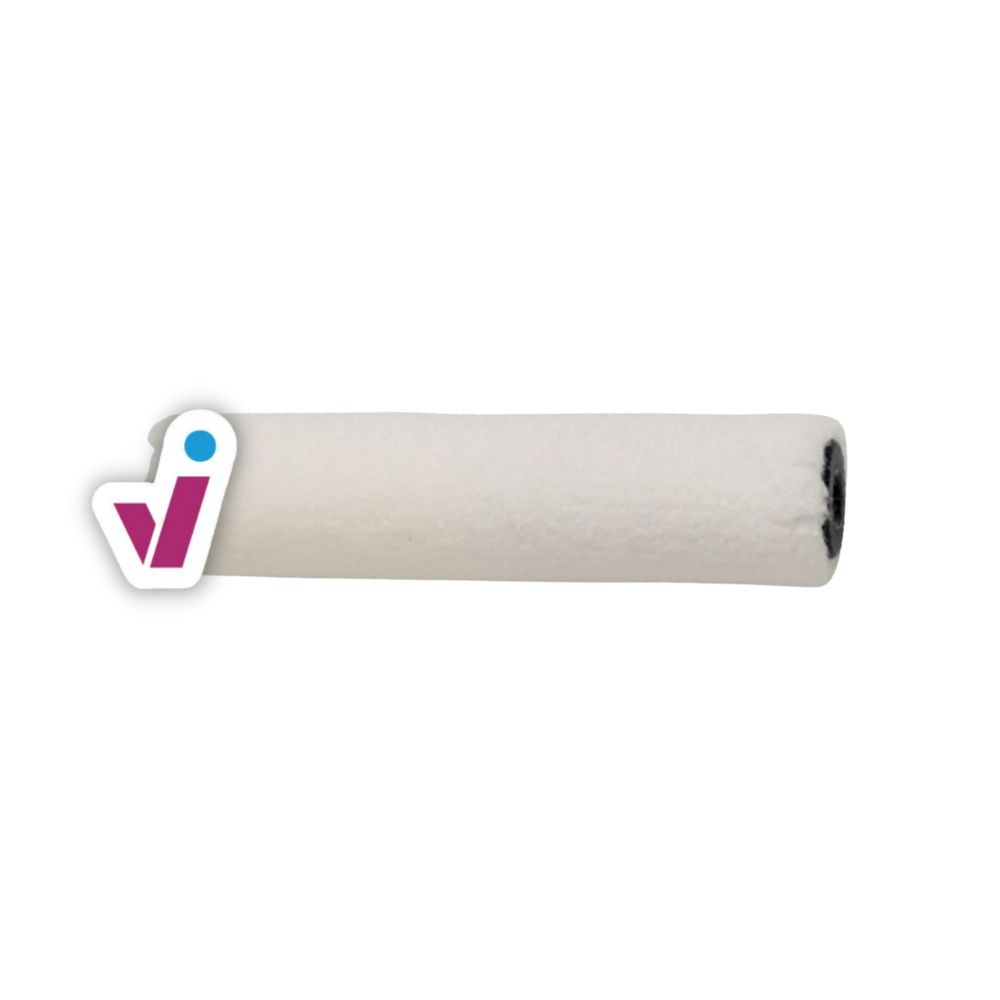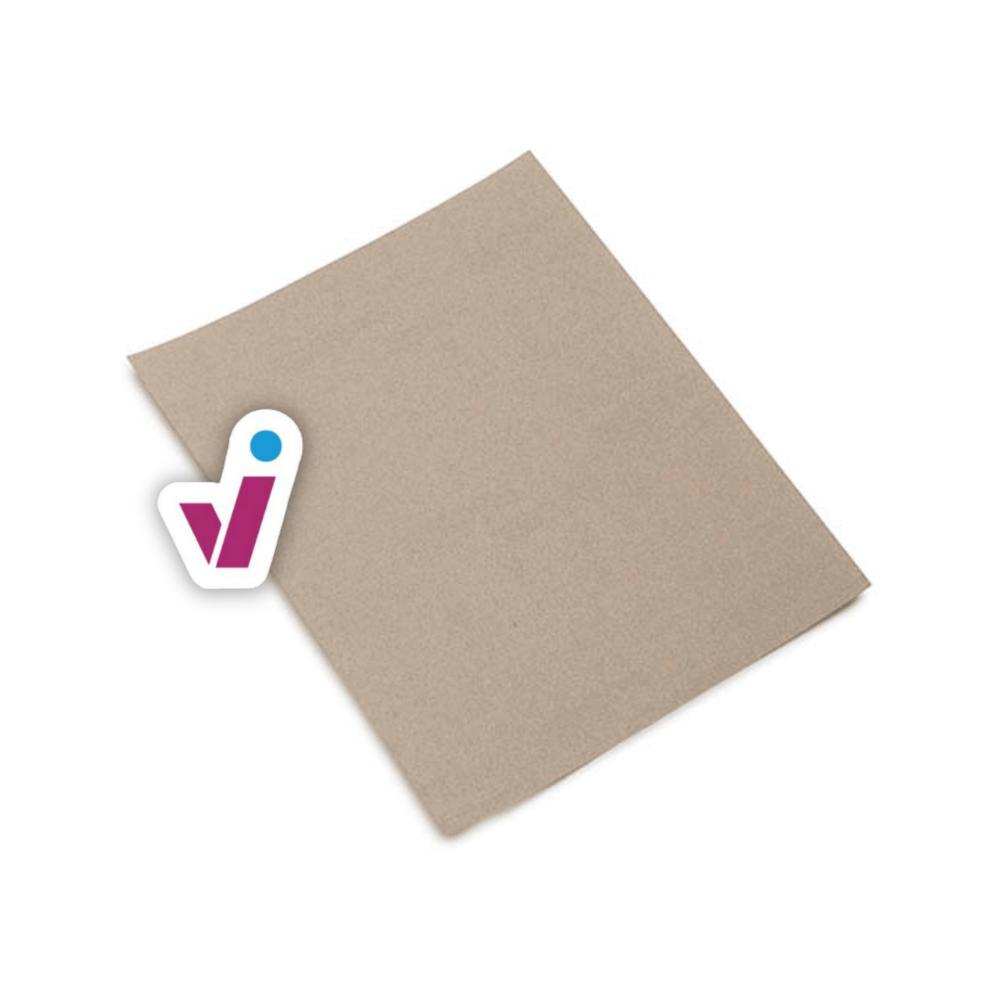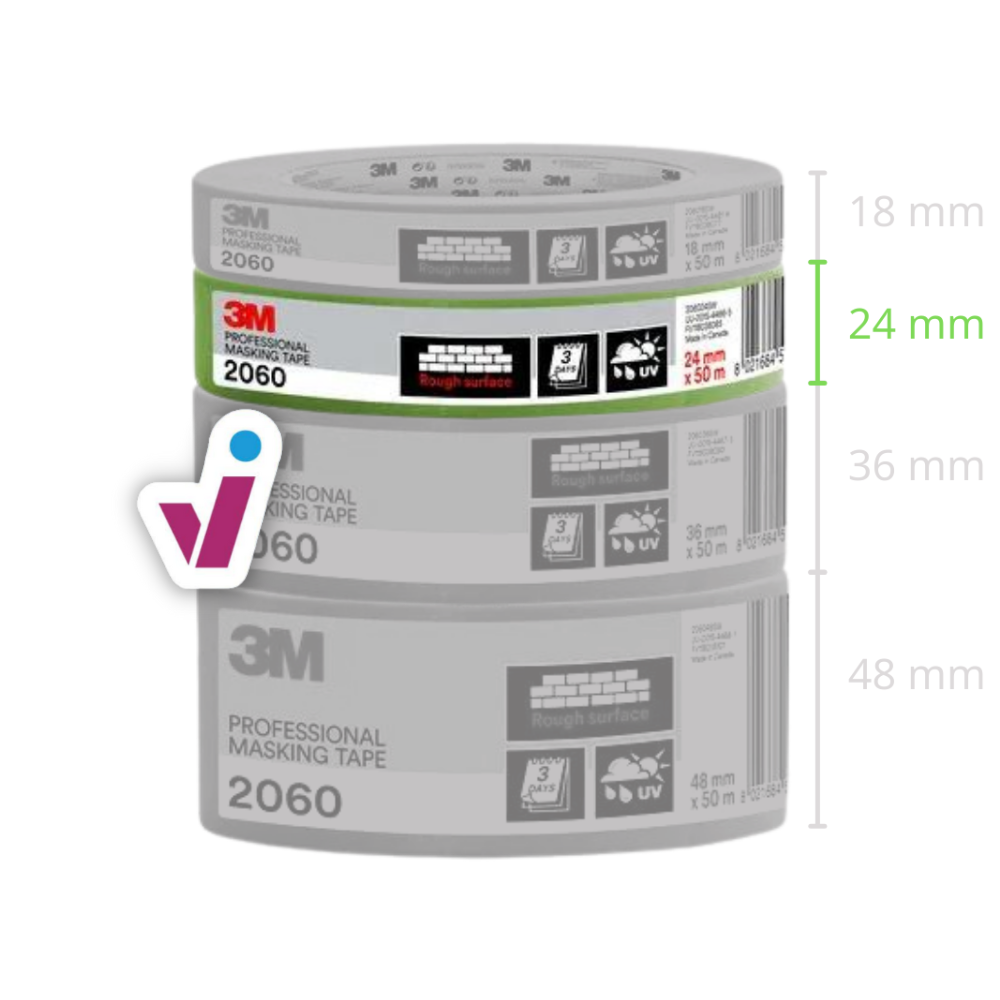Painting PVC windows inside
Step 1: preparation
- Put painters tape along the window frames and cover the surrounding area.
- Clean and degrease the windows completely.
- Sand the plastic window frames and dust off the plastic.
First, it's important to properly clean and degrease the windows. You can do this with water and detergent. Be sure to rinse thoroughly to remove any residual detergent.
The next job is one that not everyone likes to do, but keep this in mind: cleaning up afterwards is not something anyone likes to do either 😉 By covering the windows and the surrounding area, with masking tape and covering material, you make sure you don't make a mess.
Then take some sandpaper - not too rough, e.g. grain 220 - and go over the plastic with it. The aim is to make tiny, almost invisible scratches. This will allow the paint to adhere better.
When you have sanded, there will of course be some dust on your windows. Use a soft brush to get rid of that. If the dust ends up in the paint, you won't get an even result.
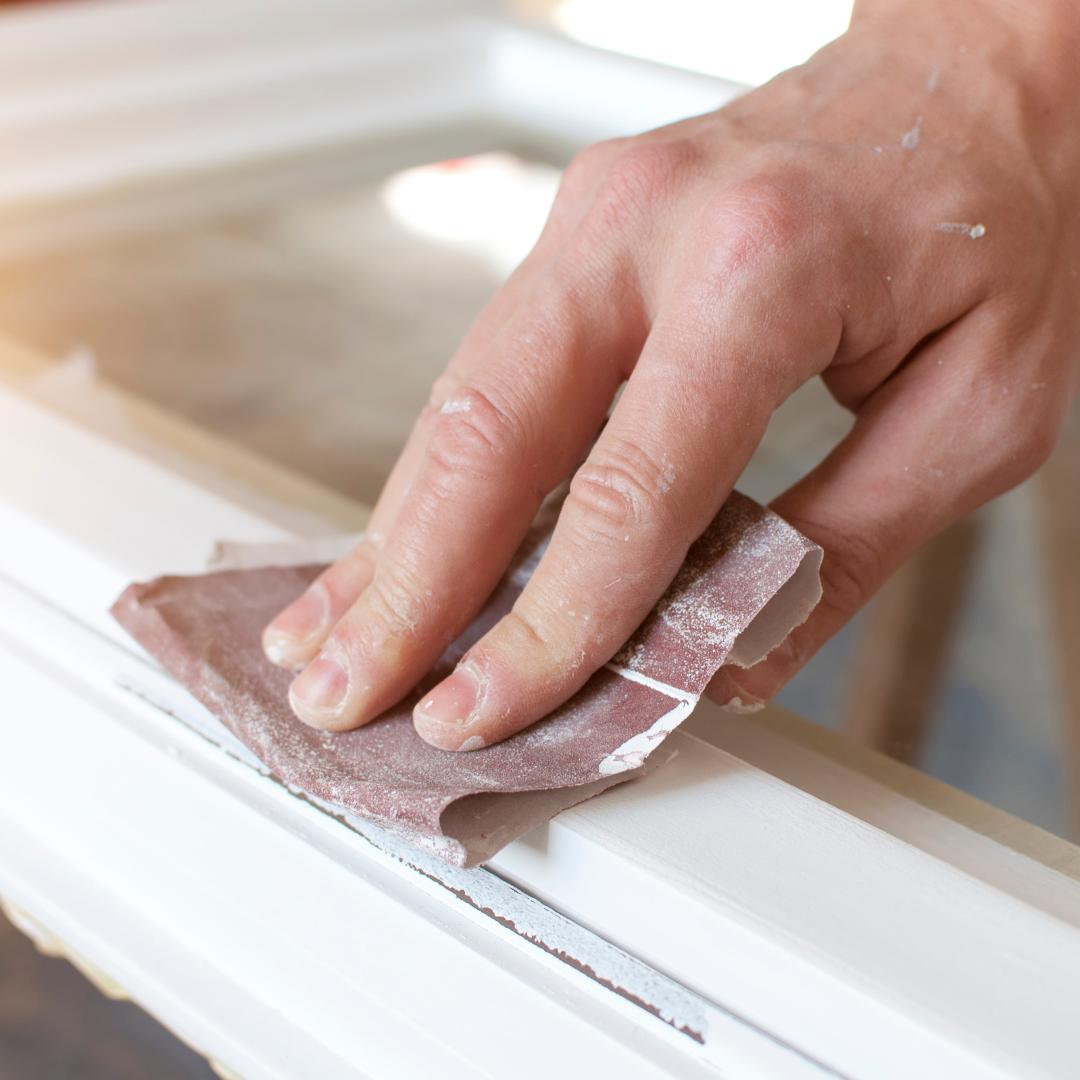
Step 2: applying adhesion primer
- Put a multi-primer on the windows, one coat is sufficient.
- Wait for the multi-primer to dry before continuing.
Multi-primer? Adhesion primer? 🤔 These are two names we give to primers that are specially designed to adhere well to non-standard surfaces, such as PVC. Its counterpart is a classic wood primer.
If your windows have been painted before and the paint still looks absolutely picture-perfect, you don't need to apply adhesion primer. So you can go straight to step 3!
Now it's time to put the multi-primer on your window frame. Use a round paintbrush for the edges and a felt paint roller for the flat areas. Ideal for next to and between the glass. One coat of this powerful primer is enough.
And then it's time to wait... Only when the primer has had enough time to dry can you continue painting. You can find exactly how long this takes on the tin or in the technical data sheet.
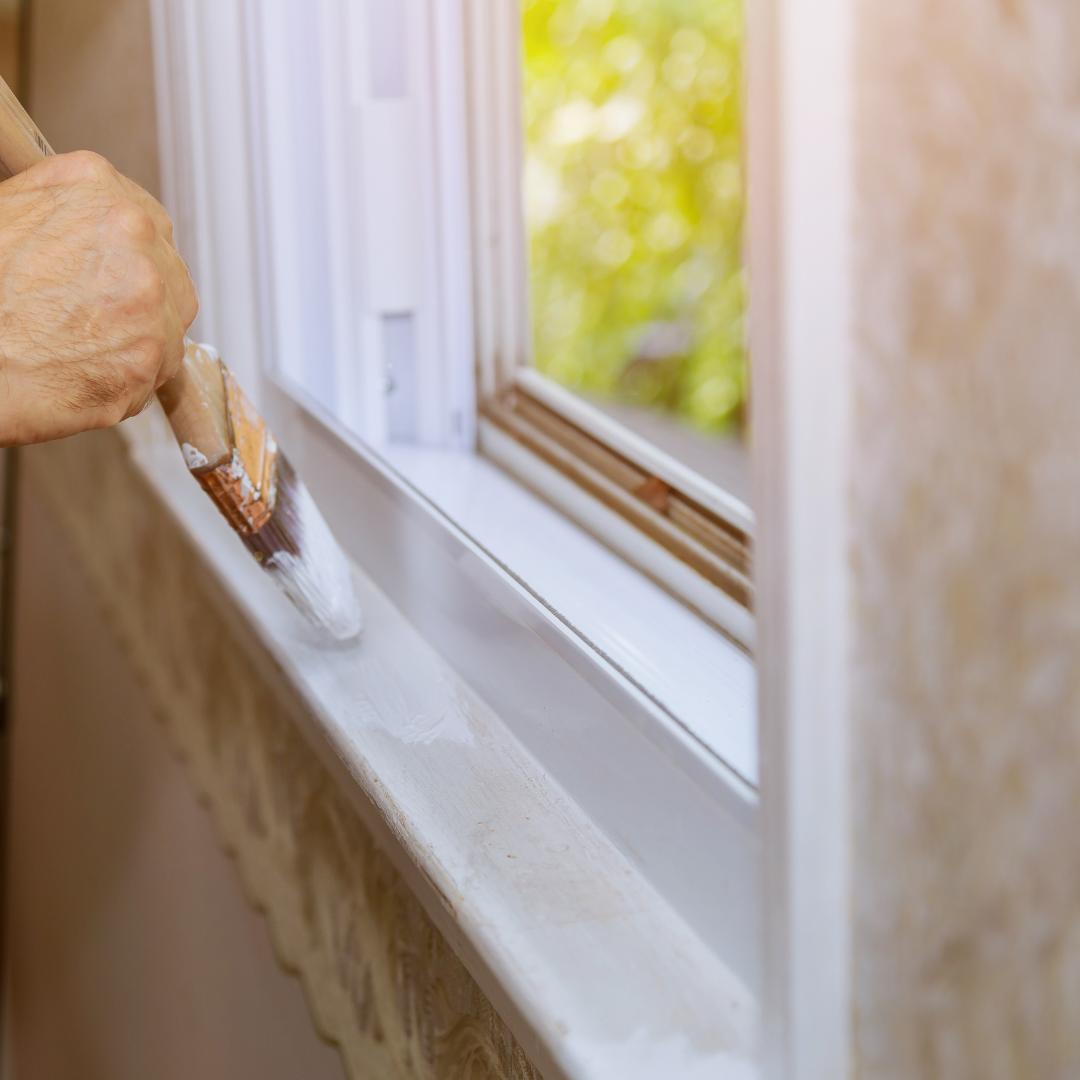
Step 3: lacquering
- Paint the windows in one to two coats.
- Remove the tape and foil again.
So, with the windows nicely primed, you can now start painting! For indoor windows, you can use a water-based paint. Very often a satin finish is chosen, but matt or high-gloss is of course also possible.
Matt lacquers are aesthetically slightly more popular as they blend neatly with the walls, for example. High-gloss lacquers, on the other hand, are the strongest. The more gloss, the stronger the lacquer. Satin gloss, therefore, somewhat combines the best of both.
Paint the window again with a round brush along the edges. Again, use a paint roller to roll out the paint along the lengths of the window frame. Give the paint enough time to dry before applying another coat.
Another coat... So does that mean you need more than one coat? Yes and no. With just one finishing coat, you'll already have a nicely finished window. However, your paintwork will last a lot longer if you apply a second layer. That's because the extra layer provides extra scratch resistance, among other things. We definitely think that's worth it!
You're almost there! Just remove the tape and you can admire your beautifully painted window. You can be really proud of that, can't you? 🤩
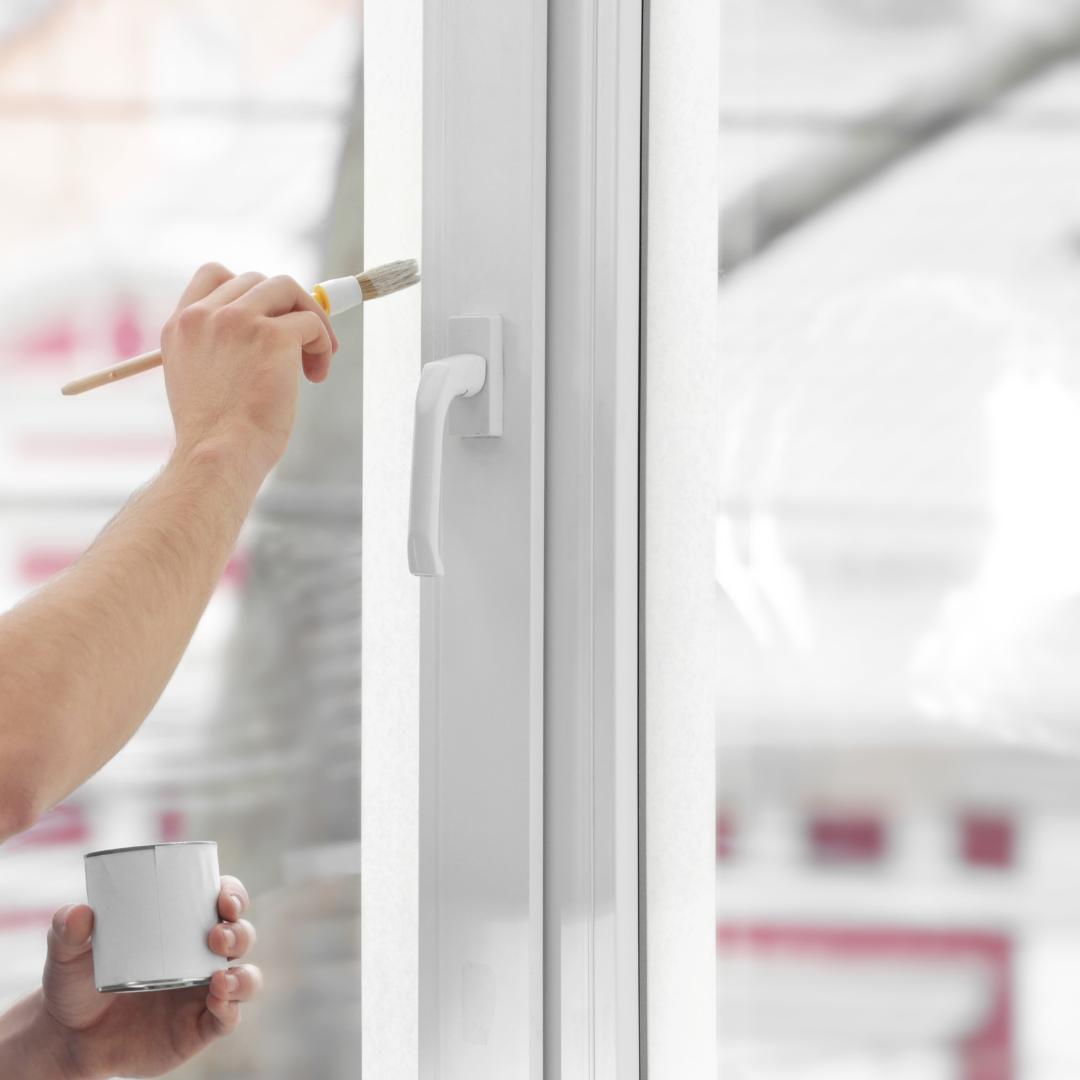
Find the right paint for your PVC windows
Want to start right away, but don't know what products you need? In our step-by-step plan, you can find a link to all paints and supplies. So you can find everything you need to paint your PVC windows beautifully in each step. Below you'll also find a list of all the products.
Want to explore all the options yourself? Then you can find extensive info in our paint guide. Including professional recommendations for those who want top-class paintwork.
If you already know what you are looking for, you can browse through our paint for doors and windows category.
Ready to start painting?
In these video's by Levis you can see a professional painter at work, painting windows indoors and outdoors.


